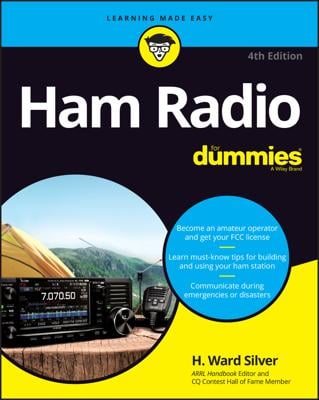After you figure out offsets, tones, and repeater frequencies, as you get set up to begin your ham radio hobby, take a few minutes to check out your radio’s operating manual. To use your radio effectively, you need to know how to do each of the following things:
Set the radio’s receive frequency and transmit offset. Know how to switch to simplex (no offset) or to listen on the repeater’s input frequency. Some radios have a REV (reverse) button just for this purpose.
Switch between VFO and Memory modes. In VFO mode, a radio can be tuned to any frequency; this is usually how you select a frequency to be stored in a memory channel. In Memory mode, tuning the radio changes from channel to channel.
Turn subaudible tones on or off and change the tone. If your radio can detect and display the tone frequency being used (a feature called tone scanning), know how to use it.
Control the Digital Squelch System (DCS) function. You’ll need to know to activate and deactivate DCS in your radio. To use DCS, you also need to know how to pick the tones used to make the DCS code.
Store the radio settings in a memory channel, and select different memory channels. Storing information in a memory channel (called programming a channel) usually requires you to use the VFO mode to configure the radio just the way you like it.
Then you press a “memory write” button, select the channel number you want, and press the memory write button again to program the radio’s memory for that channel. Some radios have hundreds of programmable memories.

